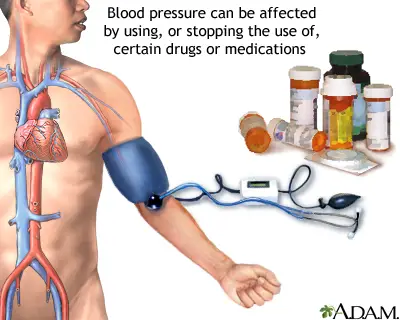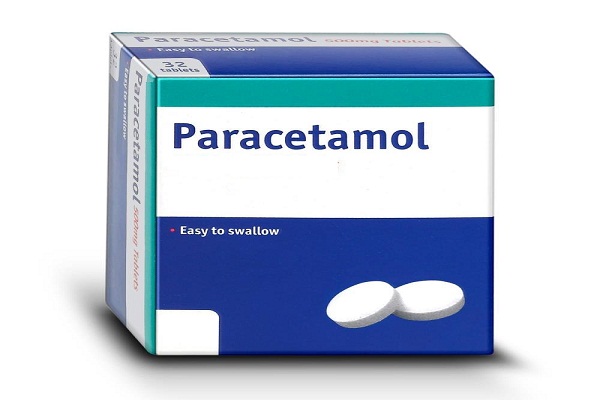Diabetic Ketoacidosis: Signs, Symptoms, And Treatment

All of a sudden, Tom started to have nausea, vomiting, and diarrhea. The vomiting has been going on for 3 days. Diarrhea has been going on for 2 days. Tom knows he is starting to get dehydrated because he has not eaten or drank anything in 3 days. He starts to get weak and dizzy, and he calls 911 to take him to the nearest hospital.
On arrival at the hospital, the nurse takes Tom’s vital signs and documents his medical history. The nurse finds out the patient has a history of HIV disease, hepatitis C, diabetes Type 2, and acid reflux.
The nurse is aware that acid reflux or GERD can cause nausea and vomiting, but the diarrhea is a mystery.
What You Should Know About Diabetic Ketoacidosis
Therefore, the nurses ask several pertinent questions:
- When did nausea start?
- When did the vomiting start?
- When did diarrhea start?
- Did you eat out? What did you eat?
- What medications are you taking?
As the nurse is documenting her assessment, the doctor comes into the room. The doctor also does his assessment. Tom suddenly remembers that before he got sick, he was urinating in greater amounts. Tom also reported being very hungry and thirsty.
After the doctor leaves, the nurse puts Tom on the monitor. She notices that his blood pressure is 80/43 which is considered low. When she gets closer to Tom, she notices that he has a fruity smell to his breath.
The nurse knows this patient needs immediate labs done because the signs and symptoms are all pointing toward DKA or diabetic ketoacidosis.
The doctor orders labs and an EKG. The doctor ordered:
- CBC with differential- This lab will determine if the patient has an infection or low blood counts. A CBC can also reveal if the patient is dehydrated.
- Chemistry panel- These labs will show the kidney, liver, and electrolyte status.
- Urinalysis- Urine can detect if the patient has ketones or a urinary tract infection.
- EKG- An EKG shows the electrical activity of the heart. Sometimes, the heart can be affected.
- Finger stick- The Doctor ordered a finger stick to determine the patient’s blood glucose.
After all of the tests were completed, it was determined that the patient was in DKA or diabetic ketoacidosis.
What You Should Know About Ketoacidosis
- Diabetic ketoacidosis is characterized by a serum glucose level greater than 250 mg per dL, a pH less than 7.3, a serum bicarbonate level less than 18 mEq per L, an elevated serum ketone level, and dehydration. Insulin deficiency is the main precipitating factor.
- Diabetic ketoacidosis is life-threatening if it is not treated properly.
- Diabetic ketoacidosis (DKA) is an extreme metabolic state caused by insulin deficiency. The breakdown of fatty acids (lipolysis) produces ketone bodies (ketogenesis), which are acidic.
Acidosis occurs when ketone levels exceed the body’s buffering capacity.
How is DKA Diagnosed?
The following are the guidelines on diagnosing DKA:
- Glucose over 250
- Bicarbonate or PH <7.3
- Positive ketones
- Elevated anion gap
Ketoacidosis Statistics
According to the Centers for Disease Control, patents admitted to the hospital with DKA has been on the rise. This increase occurs among all age groups.
The highest rates occur among people who are less than 45 years old. According to the CDC, DKA is more common among people with Type 2 diabetes.
A study was done that looked at 226 patients admitted with DKA: 47% had type 1 diabetes, 26% had known type 2 diabetes, and 27% had newly diagnosed type 2 diabetes.
Signs and Symptoms of Diabetic Keto Acidosis
- Nausea
- Vomiting
- Abdominal pain
- Excess potassium
- Extreme thirst
- Rapid breathing
- Fruity smelling breath
- Dehydration
Diabetic ketoacidosis can occur in Type 1 or Type 2 diabetes.
Complications of Diabetic Ketoacidosis
- People with DKA are at risk for blood clots because DKA promotes blood clots.
- People with DKA are at risk for irregular heart rate and cardiac arrest because of the electrolyte imbalance especially the high potassium levels.
- Low potassium, kidney failure, brain edema
Hospital Coarse of DKA
A diagnosis of DKA requires hospitalization. Once the diagnosis has been made, the first thing to do is to start fluids and an insulin drip.
The only treatment for DKA is insulin. The first thing the doctors will order is insulin and hydration. As a nurse, I have seen some patients have to get 10 liters of fluid because of the severe dehydration.
You will be admitted to the hospital, most like the intensive care unit. Once you get there, you will be hooked up to the monitor. Listed is the protocol to treat diabetic ketoacidosis:
-
- Adequate hydration
- An insulin drip will be started
- Finger sticks will be taken every hour
- Chemistry levels including potassium, magnesium, and bicarbonate will be taken every 4-6 hours
- The patient will stay on this regimen until the DKA is resolved.
- The diagnosis is not always apparent and should be considered in anyone with diabetes who is unwell
- The diagnosis is based on biochemical criteria. However, hyperglycemia may not always be present and low blood ketone levels (<3 mmol/L) do not always exclude DKA
- Immediate treatment consists of intravenous fluids, insulin, and potassium, with careful monitoring of blood glucose and potassium levels to avoid hypoglycemia and hypokalaemia
Diabetic Ketoacidosis and Ketones
Ketone bodies are produced by the liver and used peripherally as an energy source when glucose is not readily available.
The two main ketone bodies are acetoacetate (AcAc) and 3-beta-hydroxybutyrate (3HB), while acetone is the third, and least abundant, ketone body.
Diabetes is the most common pathological cause of elevated blood ketones. In diabetic ketoacidosis (DKA), high levels of ketones are produced in response to low insulin levels and high levels of other hormones.
This state is not the same as when people eat low carb or keto diet.
How Do You Know the DKA is Resolved?
The DKA is resolved when the anion gap has closed. The patient will resume taking his insulin and resume his diet.
How To Prevent Diabetic Ketoacidosis
- Diabetic ketoacidosis (DKA) is a common, serious, and preventable complication of type 1 diabetes, with mortality of 3-5%. It can also occur in patients with other types of diabetes
- It can be the first presentation of diabetes. This accounts for about 6% of cases.
- The diagnosis is not always apparent and should be considered in anyone with diabetes who is unwell
- Knowledge of the type of diabetes at the time of DKA does not affect immediate treatment. All patients with DKA should be advised to continue with insulin on discharge.
- Subsequent management should focus on patient education and support to avoid recurrence.
- Patients should be managed by a specialist multidisciplinary team during and after an episode of DKA.
It is important to monitor your blood sugar at least daily. These are some highly-rated glucometers or finger stick machines.
Conclusion
Diabetic ketoacidosis can be fatal if not treated. The best way to prevent diabetic ketoacidosis is to make sure you follow your diet.
If you have diabetes, you should make sure you take your blood glucose daily. Check with your physician to find out what your average numbers should be.
Phyllis Robinson MSN, RN is a Registered Nurse of 27 years. Phyllis is passionate about the prevention and healing of heart disease using traditional and alternative methods. She has experience in emergency room, telemetry, infusion, and critical care. Phyllis currently practices in an intensive care unit.







